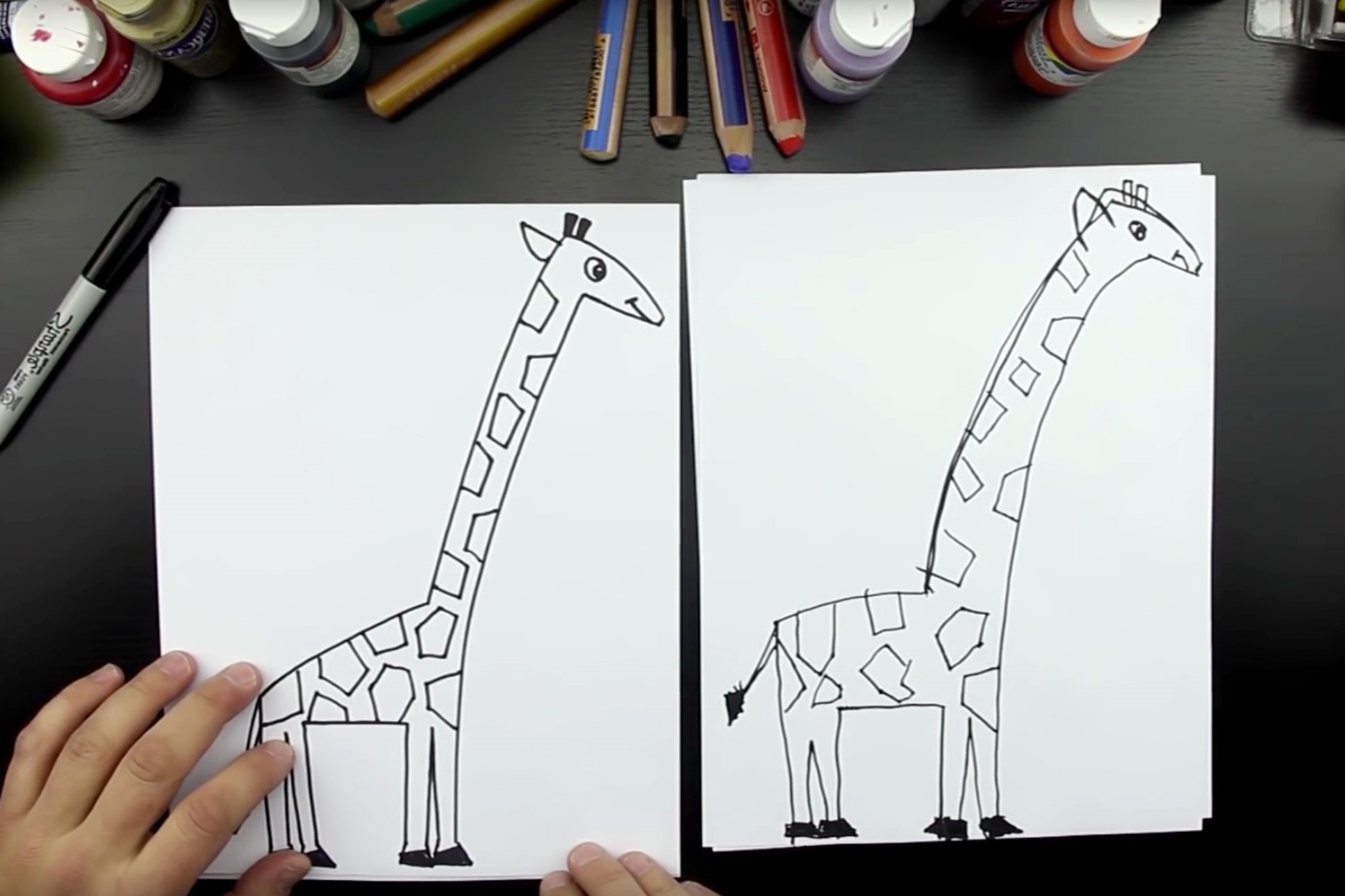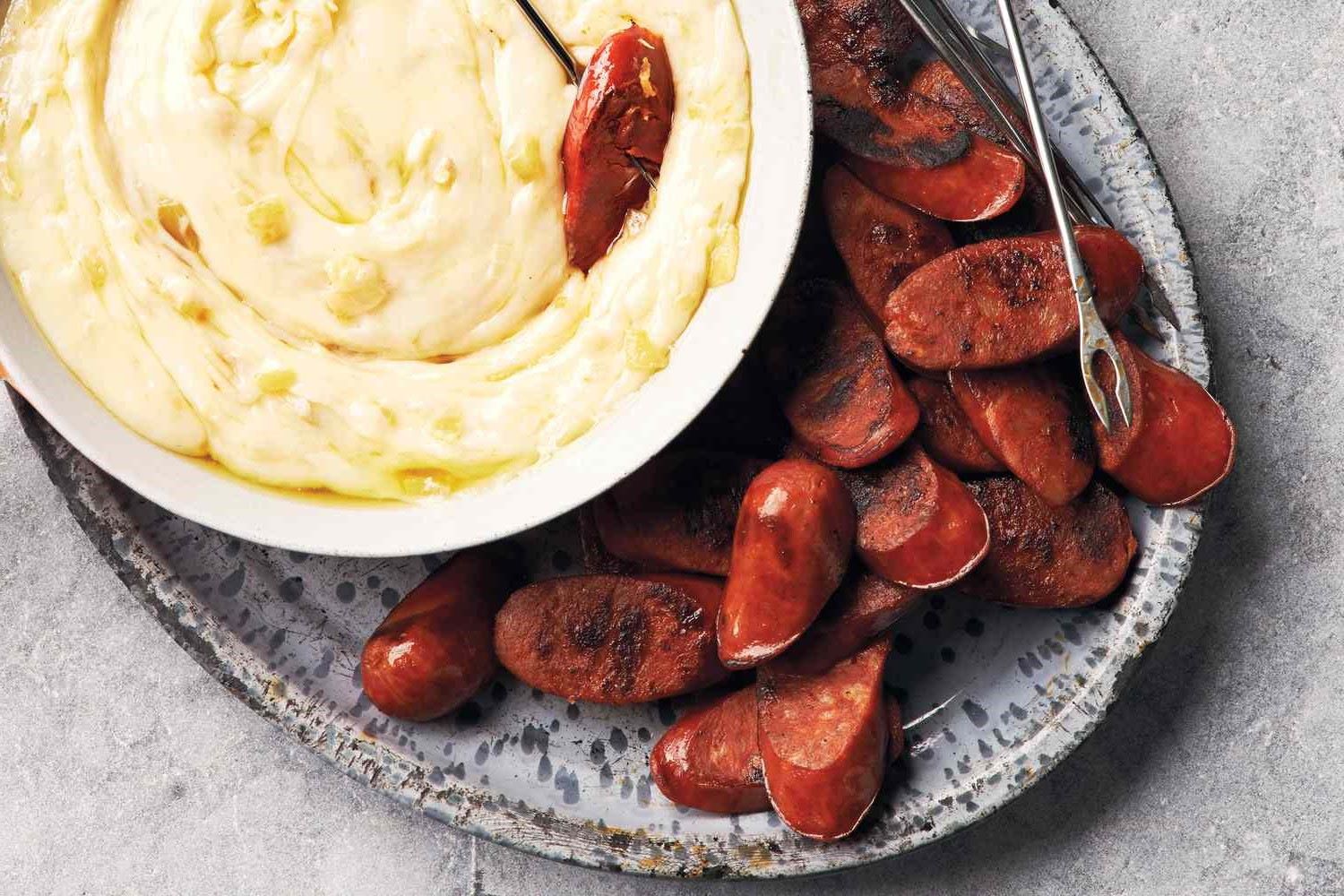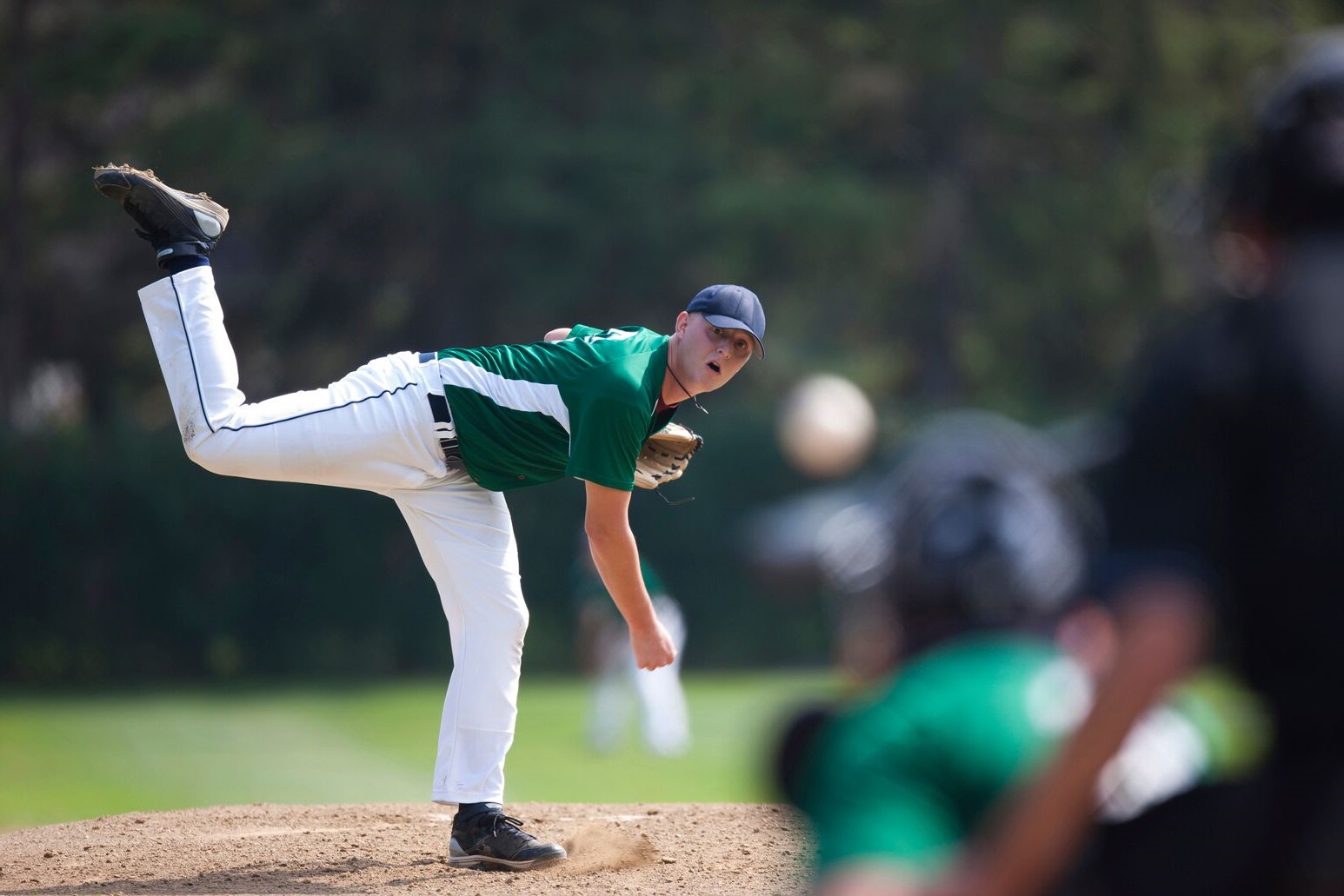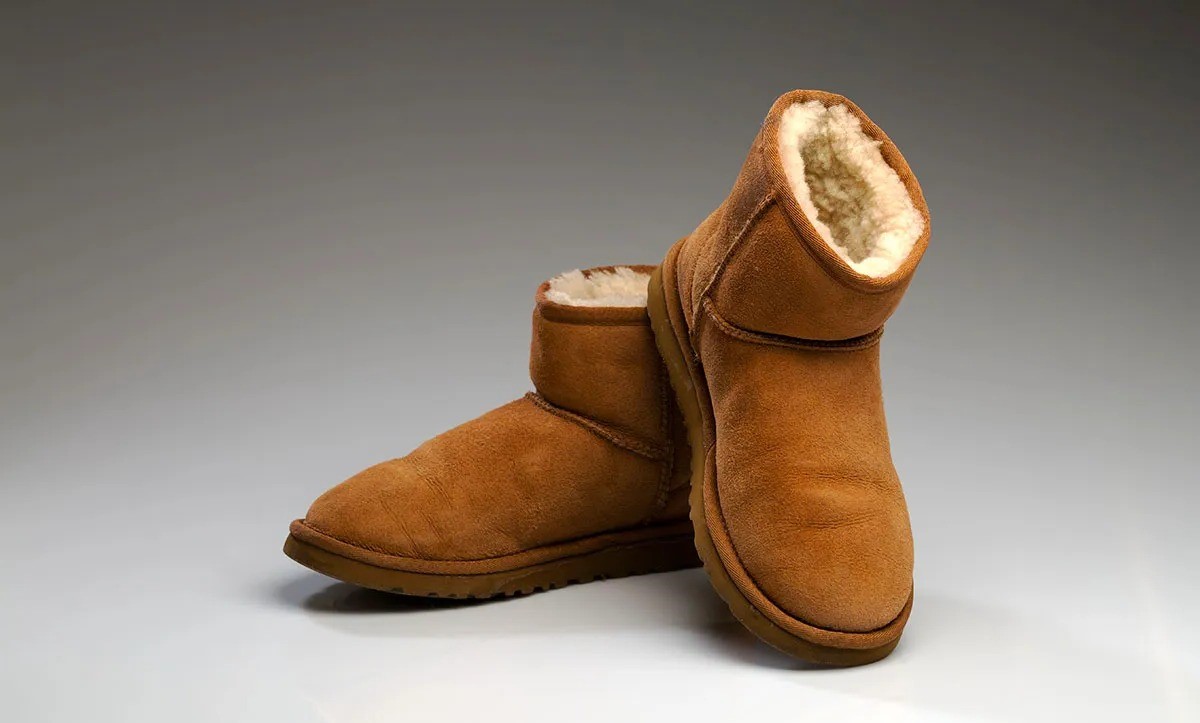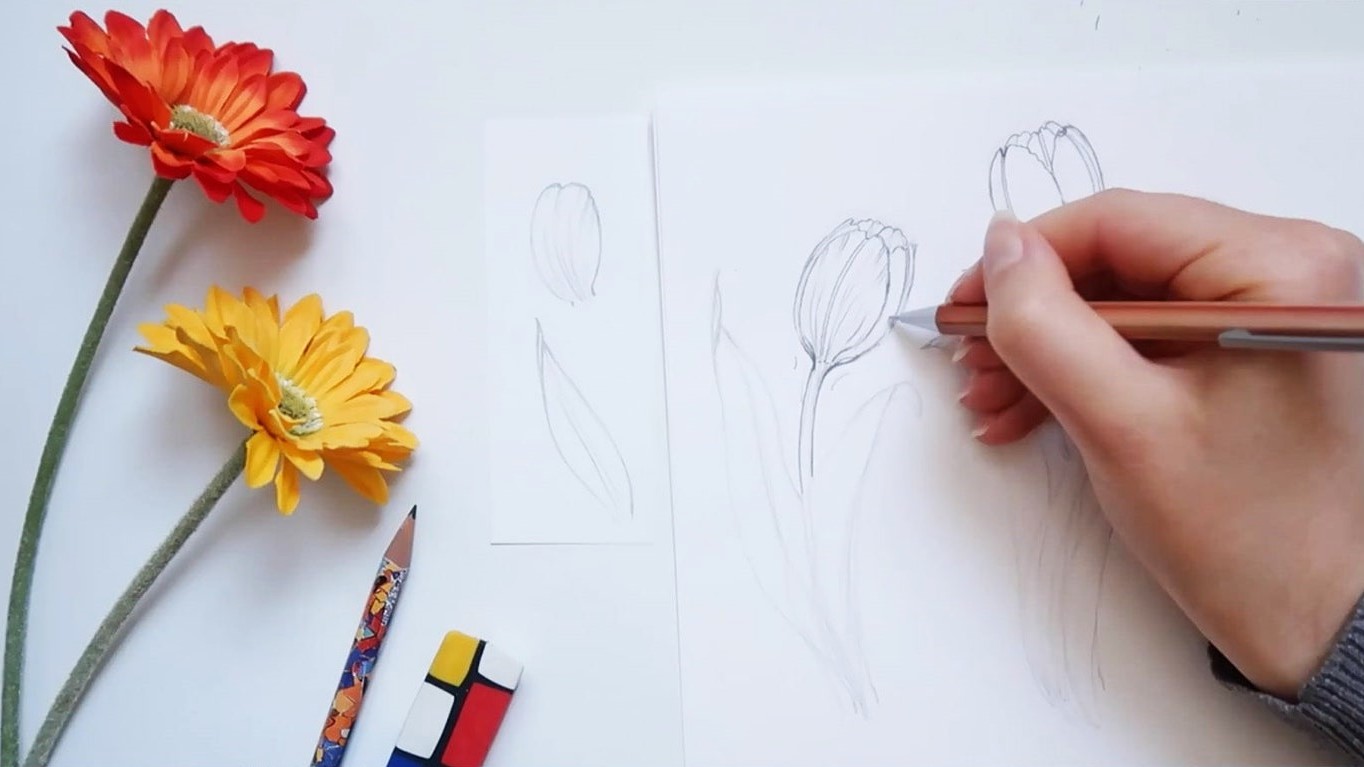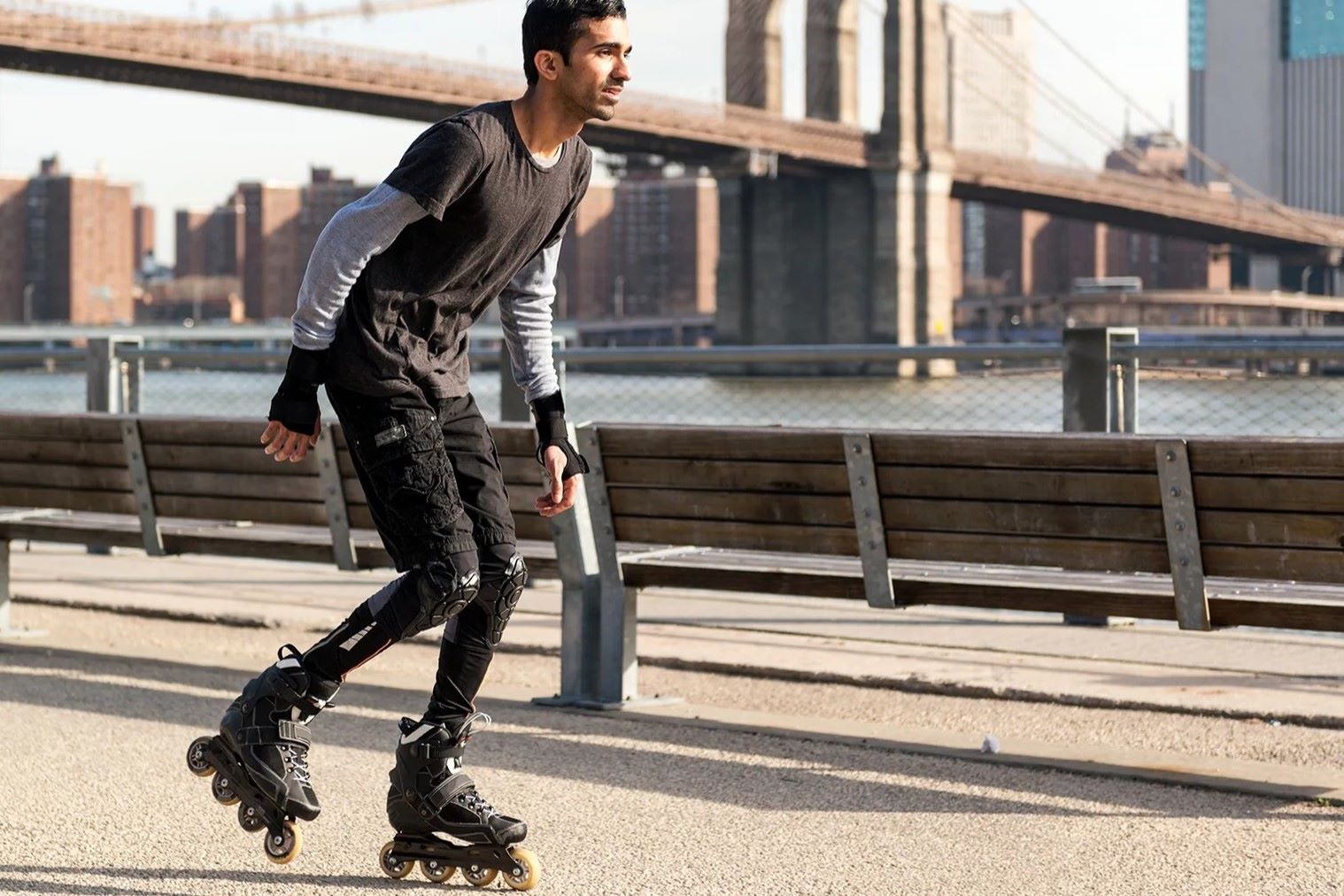

Sports
How To Roller Skate
Published: February 25, 2024
Learn the basics of roller skating with our comprehensive guide. Discover tips, techniques, and safety advice to enjoy this fun and exhilarating sports activity. Whether you're a beginner or looking to improve your skills, we've got you covered!
(Many of the links in this article redirect to a specific reviewed product. Your purchase of these products through affiliate links helps to generate commission for Noodls.com, at no extra cost. Learn more)
Table of Contents
Introduction
Roller skating is a thrilling and exhilarating activity that has captivated people of all ages for decades. Whether you're gliding gracefully at a local rink or cruising through the neighborhood streets, the feeling of freedom and joy that roller skating provides is truly unmatched. This timeless pastime not only offers a fantastic way to stay active and fit but also serves as a wonderful opportunity to socialize and connect with others who share a passion for this exciting sport.
As you embark on your roller skating journey, you'll discover a myriad of benefits that extend beyond the physical aspects. Roller skating is a fantastic way to boost your mood, relieve stress, and build confidence as you master new skills and techniques. It's an activity that encourages creativity and self-expression, allowing you to showcase your unique style and personality through your movements on wheels.
Whether you're a beginner eager to learn the basics or an experienced skater looking to refine your skills, this comprehensive guide will equip you with the knowledge and techniques needed to elevate your roller skating experience. From selecting the perfect pair of roller skates to mastering advanced maneuvers, each aspect of roller skating will be explored in detail, providing you with the tools to enhance your proficiency and enjoyment on wheels.
Throughout this guide, you'll gain valuable insights into the essential safety gear and precautions necessary to protect yourself while skating. Additionally, you'll learn about the fundamental techniques that form the foundation of roller skating, paving the way for your progression to more advanced moves. Furthermore, you'll discover the importance of proper maintenance to ensure the longevity and performance of your roller skates.
So, lace up your skates, and get ready to embark on an exciting roller skating adventure. Whether you're seeking a fun way to stay active, a new hobby to enjoy with friends and family, or a thrilling form of self-expression, roller skating offers something for everyone. Let's dive into the world of roller skating and unleash the endless possibilities that await!
Read more: How To Skate Backwards
Choosing the Right Roller Skates
Selecting the right roller skates is a crucial step in ensuring a comfortable and enjoyable skating experience. With a wide array of options available, it's essential to consider various factors to find the perfect pair that suits your skating style and preferences.
Consider Your Skating Style
Before making a purchase, it's important to determine your skating style. Are you interested in recreational skating, artistic skating, or perhaps roller derby? Each skating discipline may require specific features in a pair of roller skates. For instance, artistic skates typically have a higher boot for ankle support, while roller derby skates prioritize agility and maneuverability.
Choose the Right Boot Style
The boot style plays a significant role in providing comfort and support while skating. High-top boots offer excellent ankle support, making them ideal for beginners and those seeking stability. On the other hand, low-cut boots provide greater flexibility and freedom of movement, making them suitable for experienced skaters who prioritize agility.
Wheel Type and Size
The type and size of wheels can greatly impact your skating experience. For outdoor skating, larger wheels with softer durometer (measuring wheel hardness) are preferable as they provide better shock absorption and maneuverability on uneven surfaces. Conversely, indoor skating typically requires smaller and harder wheels for enhanced speed and agility on smooth rink surfaces.
Consider the Bearings
Bearings are essential components that enable the wheels to spin smoothly. They are rated using the ABEC scale, with higher ratings indicating greater precision and smoother performance. Beginners may opt for lower ABEC-rated bearings, while advanced skaters may prefer higher-rated bearings for increased speed and efficiency.
Sizing and Fit
Ensuring the proper fit of roller skates is paramount for comfort and safety. It's crucial to refer to the manufacturer's sizing guide and consider trying on different sizes to find the most suitable fit. A well-fitted pair of roller skates should provide ample support without causing discomfort or restricting movement.
By carefully considering these factors, you can make an informed decision when choosing the right roller skates. Whether you're seeking a pair for recreational outings, competitive sports, or artistic expression, finding the perfect roller skates will significantly enhance your skating experience and pave the way for countless memorable moments on wheels.
Safety Gear and Precautions
When it comes to roller skating, safety should always be a top priority. Wearing the appropriate safety gear not only minimizes the risk of injuries but also instills confidence, allowing skaters to push their limits while feeling secure. Here's a comprehensive look at the essential safety gear and precautions every roller skater should prioritize:
Helmet
A properly fitted helmet is non-negotiable when it comes to roller skating. It provides crucial protection for the head, safeguarding against potential impact injuries in the event of falls or collisions. When selecting a helmet, ensure that it meets safety standards and fits snugly without being too tight or loose.
Knee and Elbow Pads
Knee and elbow pads are vital for shielding these vulnerable joints from abrasions, bruises, and more serious injuries. They are designed to absorb impact and minimize the risk of fractures or sprains, particularly during falls or sudden stops. Look for pads with durable, impact-resistant materials and secure straps for a comfortable yet secure fit.
Wrist Guards
Protecting the wrists is essential, as they are often the first point of contact with the ground during a fall. Wrist guards provide crucial support and cushioning, reducing the risk of fractures, sprains, and wrist-related injuries. Opt for wrist guards with sturdy splints and adjustable closures for optimal protection and comfort.
Proper Footwear
While not typically considered safety gear, wearing appropriate footwear is essential for maintaining stability and preventing foot injuries. Choose supportive athletic shoes with good ankle support to enhance stability and reduce the risk of twists or sprains while skating.
Precautions
In addition to wearing the necessary safety gear, adopting certain precautions can further enhance the safety of your roller skating experience. These include:
- Inspect Your Skates: Regularly check your roller skates for any signs of wear and tear, ensuring that all components are in good condition and functioning properly.
- Choose Suitable Skating Surfaces: Select smooth, even surfaces for skating to minimize the risk of tripping or stumbling over obstacles.
- Practice Falling Techniques: Learning how to fall safely and effectively can significantly reduce the impact of falls and mitigate the risk of serious injuries.
- Be Mindful of Surroundings: Stay aware of your surroundings, including other skaters, pedestrians, and potential hazards, to avoid collisions and accidents.
By prioritizing safety gear and adhering to essential precautions, roller skaters can enjoy their favorite activity with confidence and peace of mind, knowing that they are well-prepared to handle any challenges that may arise.
Read more: How To Say “How You Say” In Spanish
Getting Started: Basic Techniques
Mastering the fundamental techniques of roller skating is the key to building a strong foundation and gaining confidence on wheels. Whether you're a novice eager to embark on your roller skating journey or seeking to refine your skills, understanding and practicing these basic techniques will set you on the path to becoming a proficient and graceful skater.
Finding Your Balance
Before delving into specific maneuvers, it's essential to focus on finding your balance on roller skates. Begin by standing with your feet shoulder-width apart, knees slightly bent, and arms extended to the sides for stability. Gradually shift your weight from one foot to the other, maintaining a steady and controlled posture. Engaging your core muscles will help stabilize your body and improve balance, allowing you to feel more at ease on skates.
Forward Skating
Once you've established your balance, practice gliding forward by pushing off with one foot while keeping the other foot steady. Alternate pushing off with each foot, propelling yourself forward in a smooth and controlled manner. Focus on maintaining a straight posture and using your arms for balance and momentum. As you gain confidence, gradually increase your speed and stride length, ensuring a fluid and effortless motion.
Stopping Techniques
Learning effective stopping techniques is crucial for safe and controlled skating. The "T-Stop" is a popular method that involves dragging one foot behind the other in a T-shaped formation to gradually slow down and come to a stop. Another common stopping technique is the "Plow Stop," where skaters angle their toes inward and press the wheels against the ground to create friction and decelerate smoothly. Practicing these stopping techniques in a controlled environment will instill confidence and ensure a safe skating experience.
Read more: The Hidden Meaning Behind “How’s It Going?”
Maneuvering and Turning
Mastering basic maneuvers and turns is essential for navigating various skating environments. Practice executing gentle turns by leaning your body in the direction you want to go while maintaining a stable and balanced stance. As you become more proficient, experiment with tighter turns and crossovers, gradually expanding your repertoire of skating maneuvers.
Building Confidence
Building confidence is a gradual process that comes with consistent practice and perseverance. Embrace the learning curve and celebrate small victories as you progress. Engaging in regular practice sessions and seeking guidance from experienced skaters can significantly accelerate your skill development and boost your confidence on roller skates.
By focusing on these basic techniques and dedicating time to practice and refine your skills, you'll lay a solid groundwork for your roller skating journey. Embrace the joy of gliding, turning, and stopping with finesse, and revel in the sense of accomplishment as you conquer the essential techniques that form the heart of roller skating.
Advanced Roller Skating Moves
Once you have mastered the fundamental techniques of roller skating and developed a strong sense of balance and control, you may find yourself eager to explore more advanced maneuvers that showcase your skill and finesse on wheels. Advanced roller skating moves encompass a diverse range of dynamic and visually captivating techniques that elevate the artistry and athleticism of roller skating. From intricate footwork to impressive spins and jumps, these advanced moves offer an exhilarating challenge for experienced skaters seeking to push the boundaries of their abilities.
Artistic Footwork and Dance
Artistic roller skating encompasses a captivating blend of choreographed routines, expressive footwork, and graceful movements that captivate audiences with their beauty and precision. Advanced skaters often incorporate intricate footwork sequences, intricate turns, and fluid transitions into their routines, showcasing a seamless fusion of athleticism and artistry. From elegant spins and spirals to intricate footwork patterns, artistic roller skating moves exemplify the seamless integration of technical skill and artistic expression.
Read more: How To Be Cool
Jumps and Leaps
Mastering jumps and leaps adds an element of excitement and dynamism to a skater's repertoire. Advanced skaters may execute impressive jumps such as the toe loop, salchow, and axel, each requiring precise timing, strength, and agility. Leaps, including the split jump and stag jump, showcase the skater's flexibility and grace, adding a dramatic flair to their performance. These dynamic maneuvers demand exceptional control and coordination, allowing skaters to soar through the air with grace and poise.
Spins and Turns
Advanced skaters often incorporate a dazzling array of spins and turns into their routines, showcasing their ability to maintain balance and control while executing rapid rotations. Spins such as the sit spin, camel spin, and flying camel spin require exceptional core strength, balance, and body awareness. Additionally, executing intricate turns and transitions with fluidity and precision adds depth and complexity to a skater's performance, demonstrating their mastery of advanced skating techniques.
Pair Skating and Synchronized Moves
For those seeking a collaborative and visually stunning form of roller skating, pair skating and synchronized moves offer a captivating display of teamwork and precision. Advanced skaters may engage in pair skating routines that involve intricate lifts, synchronized footwork, and seamless coordination between partners. Synchronized skating, performed in groups, showcases the harmonious movements of multiple skaters, creating visually striking formations and patterns on the rink.
Incorporating Style and Expression
Beyond the technical aspects of advanced roller skating moves, skaters have the opportunity to infuse their performances with personal style and expression. Whether through fluid arm movements, emotive facial expressions, or unique choreographic elements, advanced skaters can convey their individuality and artistry, creating a captivating and memorable skating experience for themselves and their audience.
As you delve into the realm of advanced roller skating moves, remember that patience, dedication, and consistent practice are essential for mastering these challenging techniques. Embrace the exhilarating journey of honing your skills, pushing your limits, and expressing yourself through the dynamic and captivating art of advanced roller skating moves.
Read more: How To Be A Baddie
Maintaining Your Roller Skates
Proper maintenance is essential for preserving the performance, longevity, and safety of your roller skates. By implementing a regular maintenance routine, you can ensure that your skates remain in optimal condition, allowing you to enjoy a smooth and secure skating experience. Here's a comprehensive guide to maintaining your roller skates and keeping them in top-notch shape:
Cleaning and Inspection
Regularly cleaning your roller skates is the first step in maintaining their functionality and appearance. After each skating session, wipe down the boot and chassis with a damp cloth to remove dirt, dust, and debris. Pay particular attention to the wheels and bearings, ensuring that they are free from any obstructions or buildup. Additionally, inspect the components for any signs of wear, such as worn-out wheels, loose axles, or damaged bearings.
Wheel Rotation and Alignment
To promote even wear and optimal performance, it's important to rotate the wheels on your roller skates regularly. Uneven wear can affect the stability and maneuverability of the skates, so rotating the wheels at consistent intervals helps distribute the wear more evenly. Additionally, check the wheel alignment to ensure that all wheels are properly aligned and securely fastened to the chassis.
Bearing Maintenance
The bearings play a critical role in the smooth operation of roller skates, enabling the wheels to spin freely. Periodically cleaning and lubricating the bearings is essential for maintaining their efficiency and longevity. Use a bearing cleaner to remove dirt and debris, followed by applying a small amount of high-quality bearing lubricant to ensure smooth and consistent performance.
Read more: How To Be Funny
Boot Care
The boot of the roller skate requires attention to maintain its structural integrity and comfort. Inspect the boot for any signs of wear, such as frayed laces, loose stitching, or worn-out padding. Address any minor issues promptly to prevent them from escalating into more significant problems. Additionally, allow the boots to air out after use to prevent moisture buildup and the development of unpleasant odors.
Chassis and Hardware
Regularly check the chassis and hardware for any loose or damaged components. Tighten any loose screws or bolts to ensure that the chassis remains securely attached to the boot. Inspect the brake pad for wear and replace it if necessary to maintain effective stopping power.
Storage and Protection
Proper storage is crucial for preserving the condition of your roller skates when not in use. Store them in a cool, dry place away from direct sunlight and moisture. Consider using skate guards or covers to protect the boot and wheels from scratches and damage during storage or transportation.
By incorporating these maintenance practices into your roller skating routine, you can prolong the lifespan of your skates and enjoy a consistently smooth and secure skating experience. Regular maintenance not only enhances the performance and safety of your roller skates but also ensures that they remain a reliable and enjoyable companion on your skating adventures.
Conclusion
In conclusion, roller skating offers a multifaceted and enriching experience that encompasses physical activity, artistic expression, and a sense of community. As we reflect on the comprehensive guide to roller skating, it becomes evident that this timeless activity holds immense value for individuals of all ages and backgrounds. From the exhilaration of gliding across smooth surfaces to the intricate artistry of advanced skating maneuvers, roller skating presents a myriad of opportunities for personal growth, enjoyment, and connection.
Throughout this guide, we have delved into the essential aspects of roller skating, beginning with the significance of choosing the right roller skates tailored to individual preferences and skating styles. The emphasis on safety gear and precautions underscores the paramount importance of prioritizing safety while engaging in this dynamic activity. By understanding and practicing the fundamental techniques, skaters can lay a solid foundation for their roller skating journey, fostering confidence and proficiency on wheels.
The exploration of advanced roller skating moves has illuminated the captivating blend of athleticism, artistry, and technical skill that defines the realm of advanced skating. From graceful spins and leaps to synchronized pair skating, the advanced maneuvers showcase the boundless creativity and mastery achievable through roller skating.
Furthermore, the emphasis on maintaining roller skates underscores the commitment to preserving the performance and longevity of this cherished equipment. By implementing a regular maintenance routine, skaters can ensure that their roller skates remain in optimal condition, enabling them to enjoy a smooth and secure skating experience.
As we conclude this comprehensive guide, it is evident that roller skating transcends being merely a recreational activity; it is a source of joy, self-expression, and personal growth. Whether gliding through a local rink or navigating outdoor paths, roller skating offers a unique avenue for individuals to stay active, express themselves, and forge meaningful connections with fellow enthusiasts.
In essence, roller skating embodies a harmonious blend of physical activity, artistic expression, and camaraderie, making it a timeless and cherished pursuit for individuals seeking a dynamic and fulfilling recreational experience. As skaters continue to embrace the joy and excitement of roller skating, they embark on a journey filled with boundless opportunities for growth, creativity, and memorable experiences on wheels.



